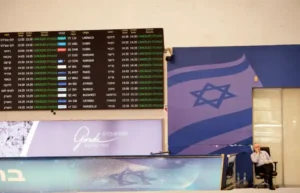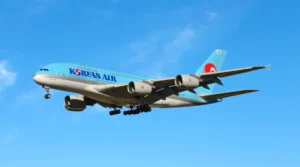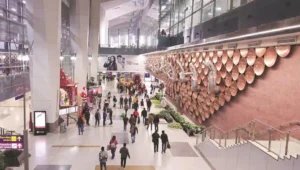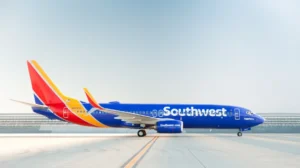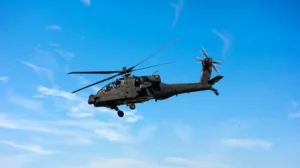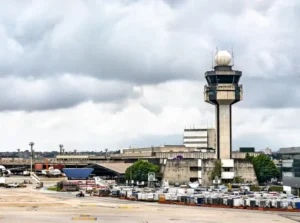NTSB Calls for Enhanced Runway Safety Technology Amid Rising Close Calls
The NTSB is urging the rapid deployment of advanced runway safety technology after a near collision in Austin, Texas, spotlighted systemic failures and the increasing frequency of close calls on U.S. runways.

A FedEx Boeing 767 cargo plane takes off from Fort Lauderdale-Hollywood International Airport, Tuesday, April 20, 2021, in Fort Lauderdale, Fla. (AP Photo/Wilfredo Lee)
A near collision between two jets on a foggy runway in Austin, Texas, last year was caused by an air traffic controller’s mistake, according to the National Transportation Safety Board (NTSB). The incident has prompted calls for critical safety technology and additional training to prevent similar occurrences as federal regulators contend with an increasing number of close calls on runways across the U.S., including one last week at Ronald Reagan Washington National Airport.
On the morning of February 4, 2023, dense fog and poor visibility at Austin-Bergstrom International Airport led to an air traffic controller clearing both a FedEx cargo plane to land and a Southwest Airlines jet with 128 passengers and crew to take off on the same runway. The FedEx plane aborted its landing at the last moment, avoiding a catastrophic collision by just 150 to 170 feet.
NTSB Chair Jennifer Homendy praised the heroic actions of the FedEx crew for averting disaster. Investigators revealed that the air traffic controller could not see the exact location of the Southwest jet due to the fog and mistakenly assumed it was ready for takeoff.
NTSB board member Michael Graham emphasized the failure of the system in this incident, highlighting the crucial role of the FedEx crew’s quick decision. The NTSB also criticized the Federal Aviation Administration (FAA) for not requiring the Austin airport to have technology to detect the precise location of planes on the ground. The controller had been relying on the sound of the plane’s engines to determine its position.

The FAA has announced plans to install a surface detection system at some airports, including Austin, by the end of 2025. However, the NTSB argues that this deployment is not happening quickly enough. They recommend that all major airports be equipped with systems that track aircraft movements and provide visual and aural cues to air traffic controllers.
Close calls on runways have been increasing, with 23 serious runway incursions in 2023 compared to 16 in 2022. At least seven incidents have occurred so far in 2024, with the NTSB investigating several more. Homendy stressed the importance of acting promptly to prevent potential tragedies, warning that the trend is moving in the wrong direction.


